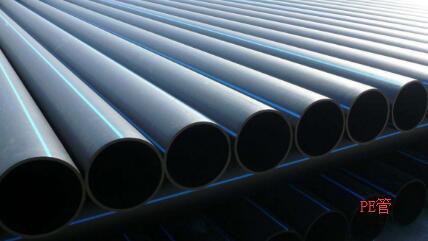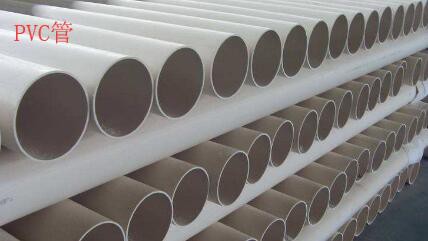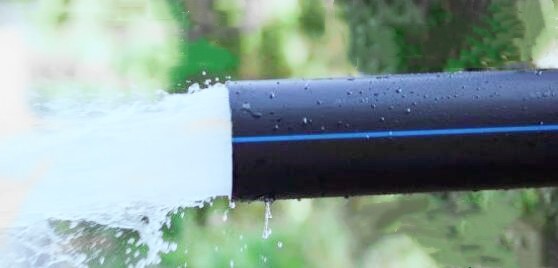

What is the difference between PE pipe and PVC pipe? The editor has integrated several differences and provided detailed answers below. However, we can also take a look at the comparison of the pictures first, which are also quite obvious differences:


1. Material properties: The average molar mass of PE pipe is 10000 to one million, granular, with good flexibility, lighter than water, strong corrosion resistance, and non-toxic; The average molar mass of PVC pipes is 150000 to 120000, in powder form, with high mechanical strength, low heat resistance, and strong acid and alkali resistance; Good chemical stability, decomposes at 140 ℃;
2. Heat resistance: PVC pipe>PE pipe, low temperature resistance: PVC pipe
3. PE pipe has a softening point of 122-135, an ignition point of 340 ℃, high electrical resistivity, and is an excellent insulation material with stable chemical resistance and guaranteed quality control;
4. PVC pipes have poor cold resistance and are fragile at low temperatures. Additives are required during production, which is difficult to control;
5. PE pipe tensile strength 25-40, thermal deformation 60-85;
6. PVC pipe has a tensile strength of 15-25 and a thermal deformation of 75-80.
7. PE pipes are connected by hot melt for a more secure connection; PVC pipes with small diameters are connected with screw threads, while those with large diameters are connected with rubber rings. The safety performance of the connection is slightly inferior, but the construction cost is lower.
8. Under the same pressure, PE pipes have thicker walls and are more expensive; PVC is thinner and cheaper.
9. PE pipes can be used not only for water supply but also for gas transportation and other fields; PVC pipes can also be used for drainage, and due to their flame-retardant insulation properties, they can also be applied in the field of flame-retardant wiring.
10. PE pipes only contain two elements, carbon and hydrogen, and have good hygiene performance. PVC pipes contain heavy metals such as lead, and their hygiene performance is slightly worse. However, PVC pipes with calcium zinc stabilizers also meet the national hygiene standard GB/T17219 in terms of hygiene performance.

PE is polyethylene plastic, the most common type of plastic. PE pipe, also known as high-density polyethylene pipe, is widely used in the field of water supply and drainage manufacturing due to its high strength, high temperature resistance, corrosion resistance, non toxicity, and wear resistance.
Overall, PE pipes have more advantages and are an ideal pipe material to replace ordinary iron water supply pipes.